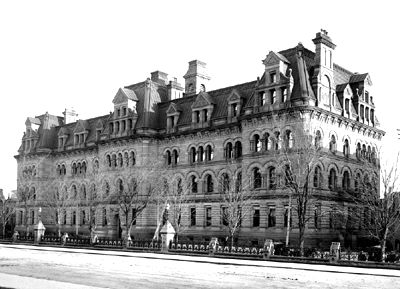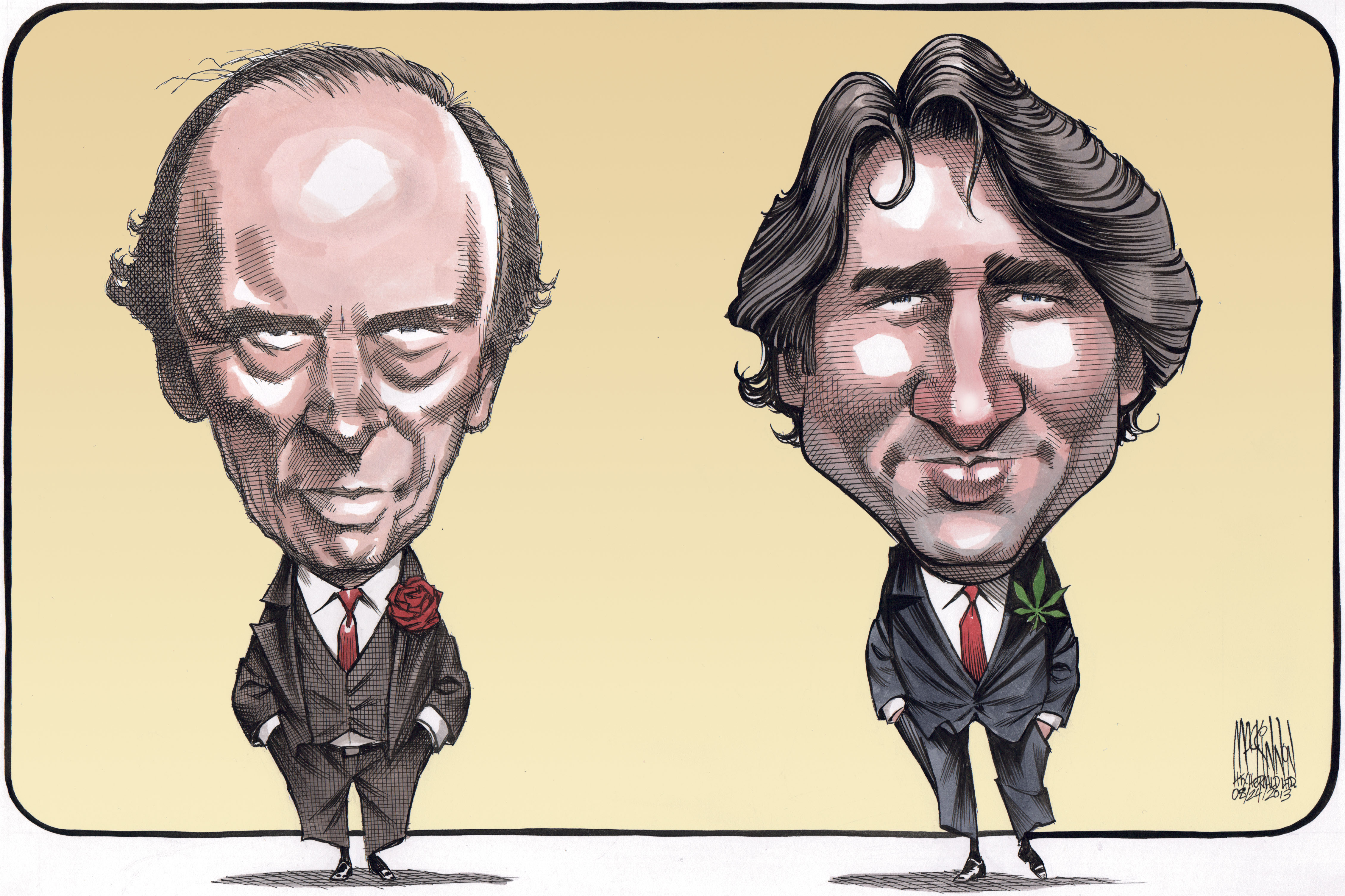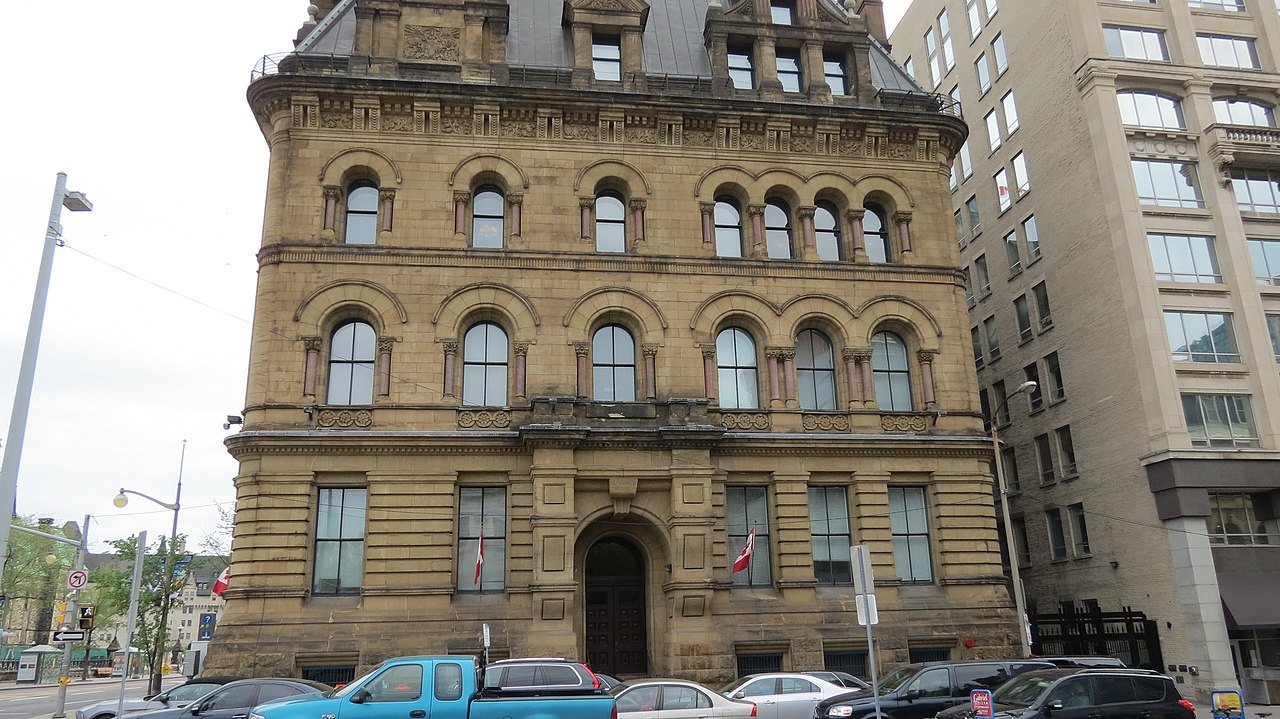Article
Political Participation in Canada
Canadians participate in the political system any time they voluntarily try to influence the outcome of an election, or a government or party policy. This can be done in various ways, from voting to campaigning for a political cause to running for political office. The highest turnout rate for a federal election was 79.4 per cent in 1958. Voter turnout in Canada declined in the 1990s and 2000s, reaching 58.8 per cent in 2008. The numbers then began trending upwards, reaching 68.3 per cent in 2015 and 67 per cent in 2019. Women, who gained the right to vote federally in 1918, vote at slightly higher rates than men. Older citizens are more politically active than younger ones, although voting among people age 18 to 34 increased sharply between 2011 and 2019.











